Let yourself be enchanted by thick forests and winding valleys, mountaintop castles and riverbank vineyards on this adventurous rail journey across central Europe.
See some spectacular scenery pass you by and hop off and explore it too. Forget the hustle and bustle of airports. Slow down and take your time to appreciate the beauty of train travel and all it has to offer.
A 6-day rail trip from the river Rhine to lake Garda
Arrival in Cologne
Germany’s fourth biggest city is famous for its cathedral, its carnival and its Kölsch – small beers you can easily drink so many of that you start to lose count.
The cathedral, located next to the main railway station, is beyond compare. The third tallest church in the world, it’s also Germany’s most visited monument and a powerful backdrop for kings, singers and protestors alike. It’s hard to imagine the façade was almost completely white when work was finished at the end of the 19th century, before industrialisation and pollution gave it its distinctive black coating.
If you fancy something a little different, a short stroll from the station lies the Chocolate Museum, a fun activity which takes you through the past and present of our favourite sweet treat, from the Maya and the Aztecs to the Baroque period, the Industrial Revolution and the refined chocolate we eat today.
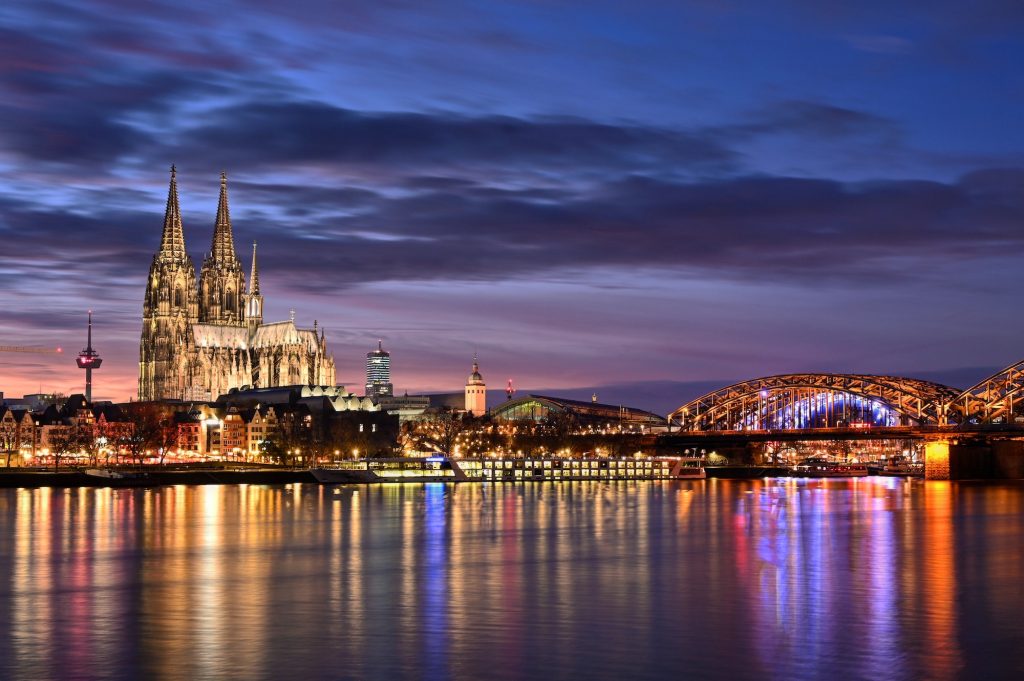
Day 1 – Cologne to Heidelberg, via the Rhine & Bacharach
Direct train, via Mainz – 3 hours.
A few short steps from the awe-inspiring cathedral, you board an Intercity train that takes you along the Rhine. Watch boats manoeuvre nimbly through the water, with Gothic castles and old vineyards dotting the landscape on the other side of the river.
The Rhine is Germany at its most picture perfect. Villages here look as if they’ve been lifted straight from the pages of a fairy tale. To experience a quintessential medieval German town, with timber-framed houses, cobbled streets and sweeping views from an old church tower, consider hopping off in Bacharach.
The Rhine and its valley is of huge cultural significance to Germans too. One poem in particular that has entered into the national consciousness is Lorelai, by Heinrich Heine. In it, a siren sits atop a rock along the Rhine, her beauty and song distracting passing fishermen and leading them to their demise. Legend has it that many fishermen have drowned here, captivated as they were by the area’s natural beauty. The rock that inspired Heine’s work can be seen on the right river bank, just after passing Sankt Goar.
Heidelberg meanwhile is quick to charm you. With its world-famous castle, quaint baroque streets and pastel-coloured houses, it is easily one of Germany’s most romantic spots.
The old town is always alive with activity, in part because of the large student population here. There’s even a student jail dating back to the 16th century that you can still visit. For views over the city, go for a stroll along the Philosopher’s Walk on the northern banks of the Neckar River. You’ll be walking in the footsteps of many a famous poet and philosopher that trod this path before you!
Sustainable tip: Stop by Red – die grüne Küche, a great little vegetarian/vegan place with a terrace, 5 minutes’ walk from Bismarckplatz.
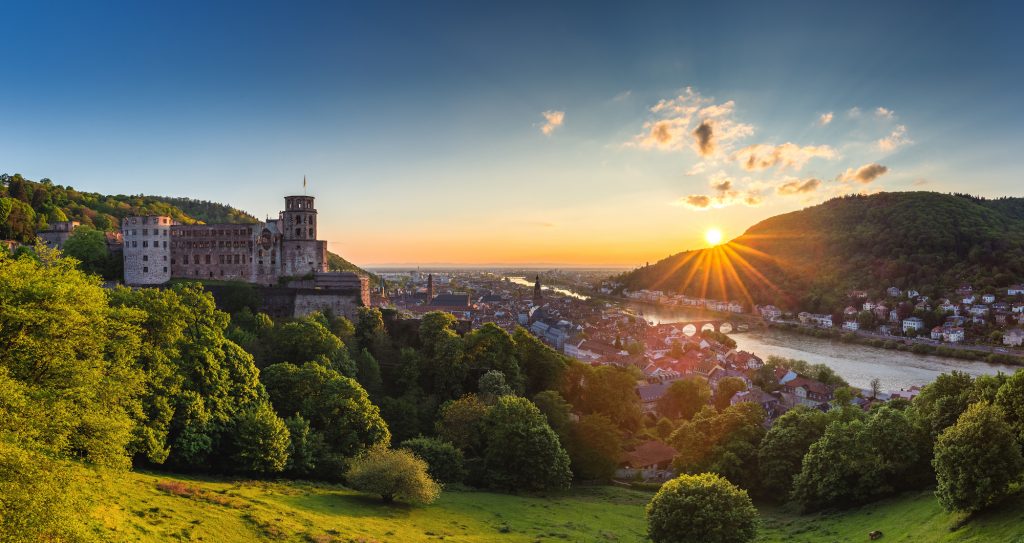
Day 2 – Heidelberg to Lake Constance, via the Black Forest & Gengenbach
1 Change at Karlsruhe (4 hours in total)
As your train ascends and descends along the Black Forest Railway and you whizz through tunnels and around curves, enjoy the views of valleys, mountains and waterfalls. The Black Forest really is the stuff of fairy tales. In a literal sense too, of course, as these woods served as both the setting and inspiration for many of the darker Brothers Grimm tales.
Consider getting off in Gengenbach, a charming little town with lots of half-timbered houses, including the over 200-year-old town hall. Walking past the towers and gates and through the narrow alleyways of the old town is like stepping back in time.
With its vines, vineyards and wine-villages, the western edge of the Black Forest is also one the most popular destinations for Viertelesschlotzer, a local name given to those that enjoy a good glass of wine or two. You can sample a glass of local Baden wine at the Von Bender winery in Gengenbach.
Then take an afternoon train to the western shores of Lake Constance, where you can relax or take a stroll along the harbour, with views over the lake and the Alps looming in the distance.
Sustainable tip: Try the medieval menu at Konzil Konstanz, which uses only local ingredients as well as recipes that date back some 600 years.
Day 3 – Constance to Lucerne
Direct Intercity train, 2 hours
Weather permitting, take a boat to Mainau Island on Lake Constance, also known as the ‘flower island’. But this inviting place awash with fields of flowers, gardens and walking trails also has a darker side to its history. During the Third Reich, it was decided that the castle here would serve as a resting place for decorated Nazi officers. But when the war ended, Mainau fell into the French zone of occupation, and the island was used as a sanatorium for French survivors of the Dachau concentration camp. Don’t miss the memorial to this poignant historical event.
From Constance, you board a direct Intercity train to Lucerne in Switzerland, without doubt one of the most picturesque cities in the world. Situated directly on Lake Lucerne and entirely surrounded by mountains, many writers and philosophers have found their inspiration here over the years.
The city has a wonderful old town with charming squares and colourful facades. Be sure to check out the covered wooden footbridges across the Reuss River that back to the 14th century.
Day 4 – Lucerne to Mount Pilatus or Brunni (Engelberg)
Spend the day in Lucerne or head off into the mountains. Consider taking the world’s steepest cogwheel railway up to Pilatus Kulm, passing alpine meadows and striking rock formations on the way. Commissioned in 1889, the train travels for half an hour at gradients of up to 48 percent. Perhaps dine at the top or simply take a moment to appreciate your alpine panorama.
On your way back down to Lucerne, you can take the cable car to save time. You can get a single ticket for the entire journey up and down, but your Interrail pass unfortunately does not apply.
You can, however, use your pass on the local train to Engelberg, where you can head up to Brunni. Besides great panoramic views, which go almost without saying in these parts, the mountain also has a toboggan run and a ‘tickle path’, where you can walk barefoot around a lake 1,860 m above sea level. The hike downhill is easy, with yet more fantastic views of the town and valley.
Sustainable tip: Coffee lovers should consider stopping at Roastery Engelberg, a great little café where the proprietors roast the beans themselves and create their own unique blends.
Day 5 – Lucerne to Ospizio Bernina
3 changes at Thalwil, Chur and St Moritz
Don’t be put off by the number of changes on this leg. This is truly one of the most scenic train rides in the world and well worth the journey. Besides, Swiss trains run like Swiss watches. Reliably and (almost) always on time.
Board an early train from Lucerne to Thalwil where you’ll make your first of three changes, the others being at Chur and St. Moritz. There, the little red trains of the Rhaetian Railway will take you through the wild alpine nature of Graubünden in eastern Switzerland, just across the border from Italy.
The railway doesn’t only connect the two countries logistically, but it also serves as a bridge between northern and southern Europe, connecting two regions that have very different languages and cultures.
The red trains negotiate 55 tunnels, 196 bridges and steep inclines with ease, and the views are truly breathtaking. As the railway reaches its highest point, 2,253 m above sea level, you’ll pull into Ospizio Bernina.
Here you can spend the night in a remote hotel, go for hikes in the countryside or just enjoy the peace and quiet. Head to the viewing point by Ospizio train station where you can take pictures of the little red trains passing by, the carriages reflecting in the water of the mountain lakes. Or go for a leisurely walk to Alp Grüm with mountain views all the way. Trains can take you back to Ospizio Bernina every hour. For more information, check out our article on the Bernina line.
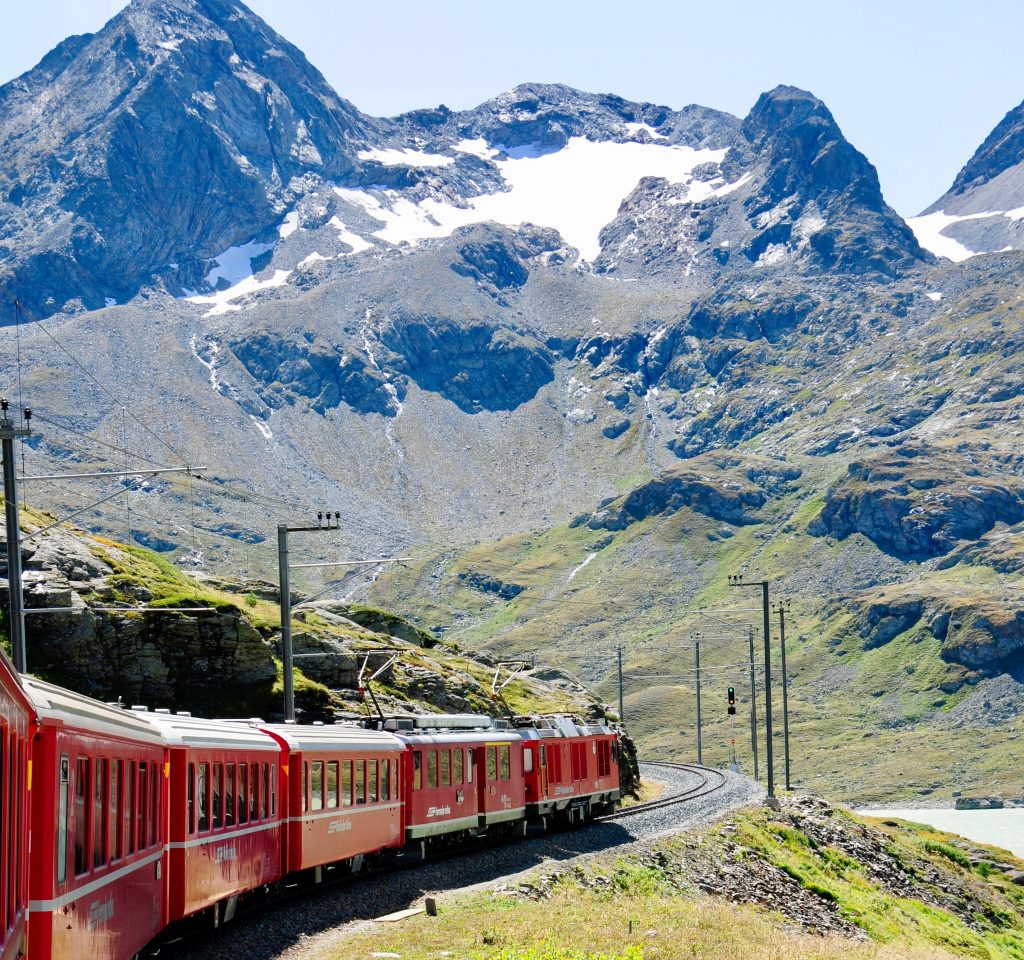
Bernina line 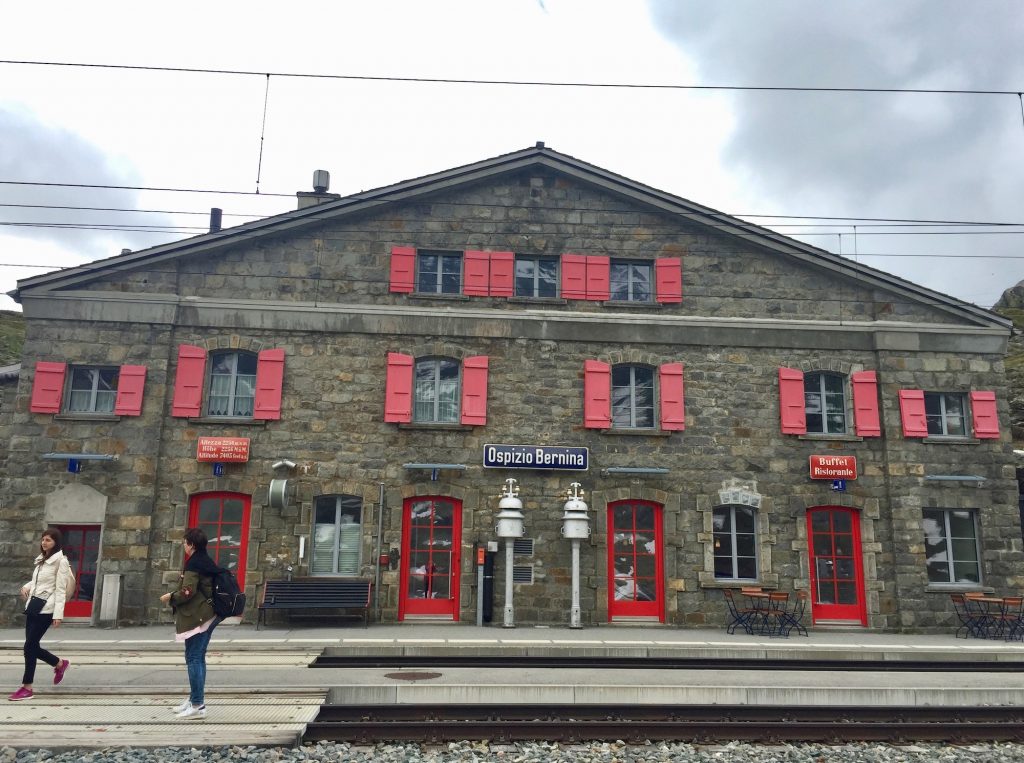
Ospizio Bernina station (2253m) 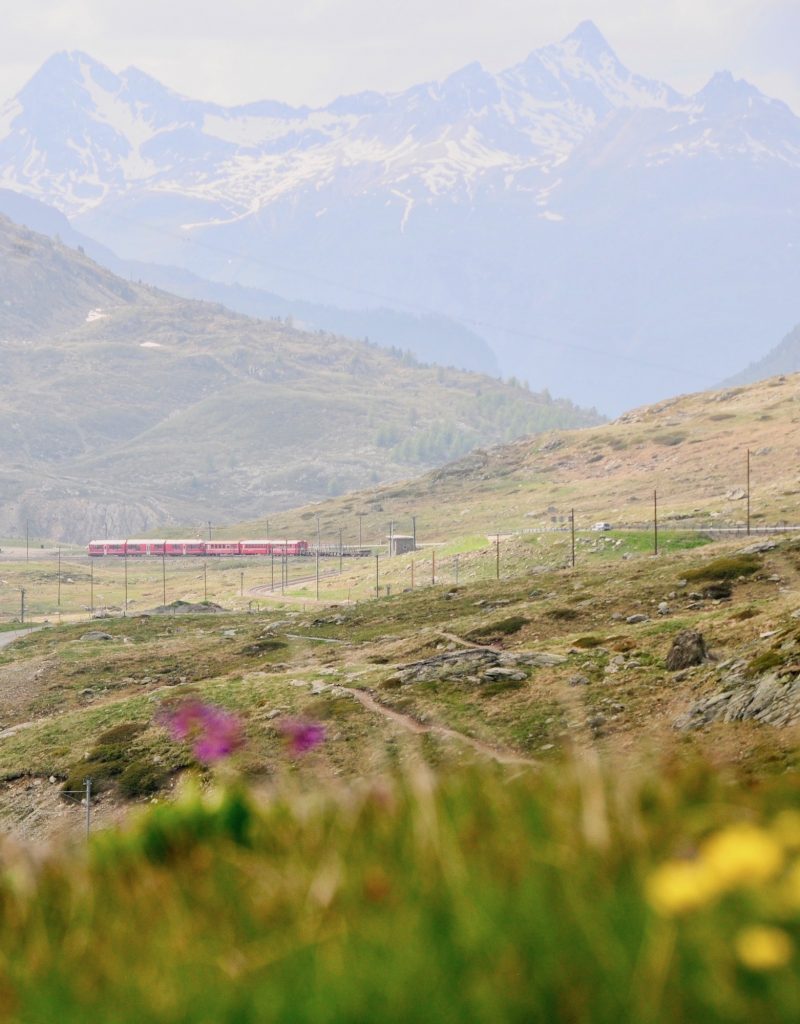
Bernina Pass 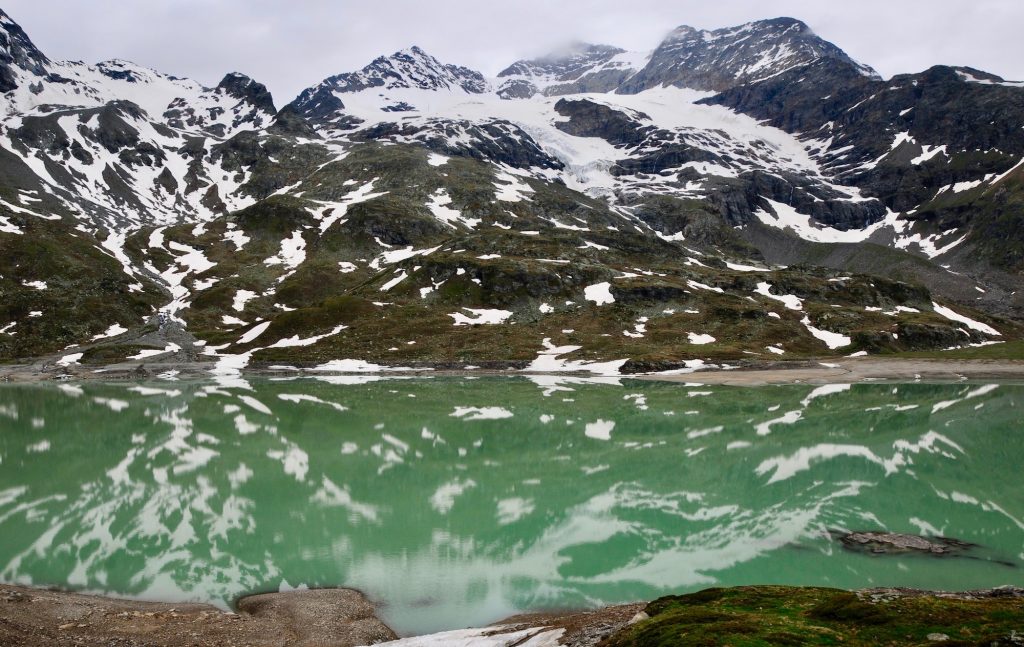
Bernina Pass 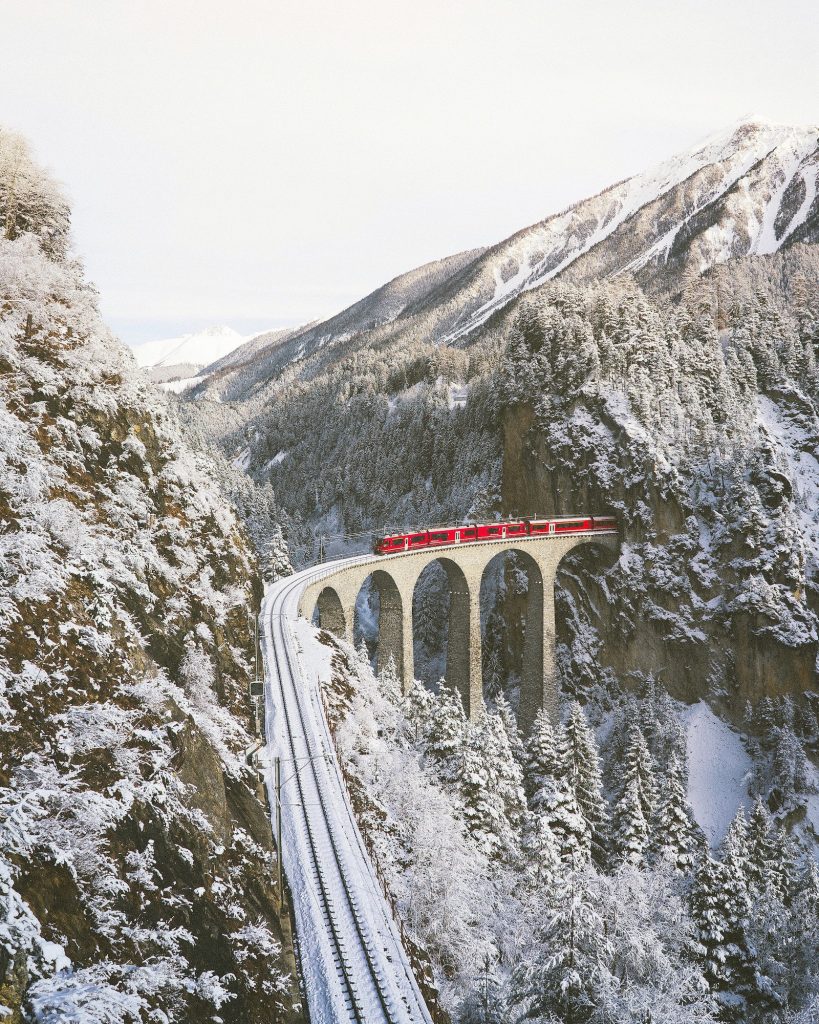
The famous Landwasser Viadukt at Filisur
Day 6 – Ospizio Bernina to Tirano, further to Lake Garda or Verona
Direct train to Tirano, 1 hour. Continue to Peschiera del Garda station or Verona
Your final day takes you southwards to sunny Italy. As you pull into Tirano, the train feels more like a city tram, passing through narrow streets and a market square, past locals drinking their morning coffee. The town’s palm trees and Mediterranean flair signal that you’ve arrived in a different world from the one you left behind in Switzerland.
And why not bring your trip to an end at Lake Garda (Peschiera del Garda station), Italy’s largest lake and an area of stunning natural beauty. The wines, the olive oils and the well-heeled cosmopolitan crowd form the perfect ending to an already incredible journey. Or continue to Verona, the city of love, and join a Romeo & Julliet tour, chasing places of the famous romantic tragedy.


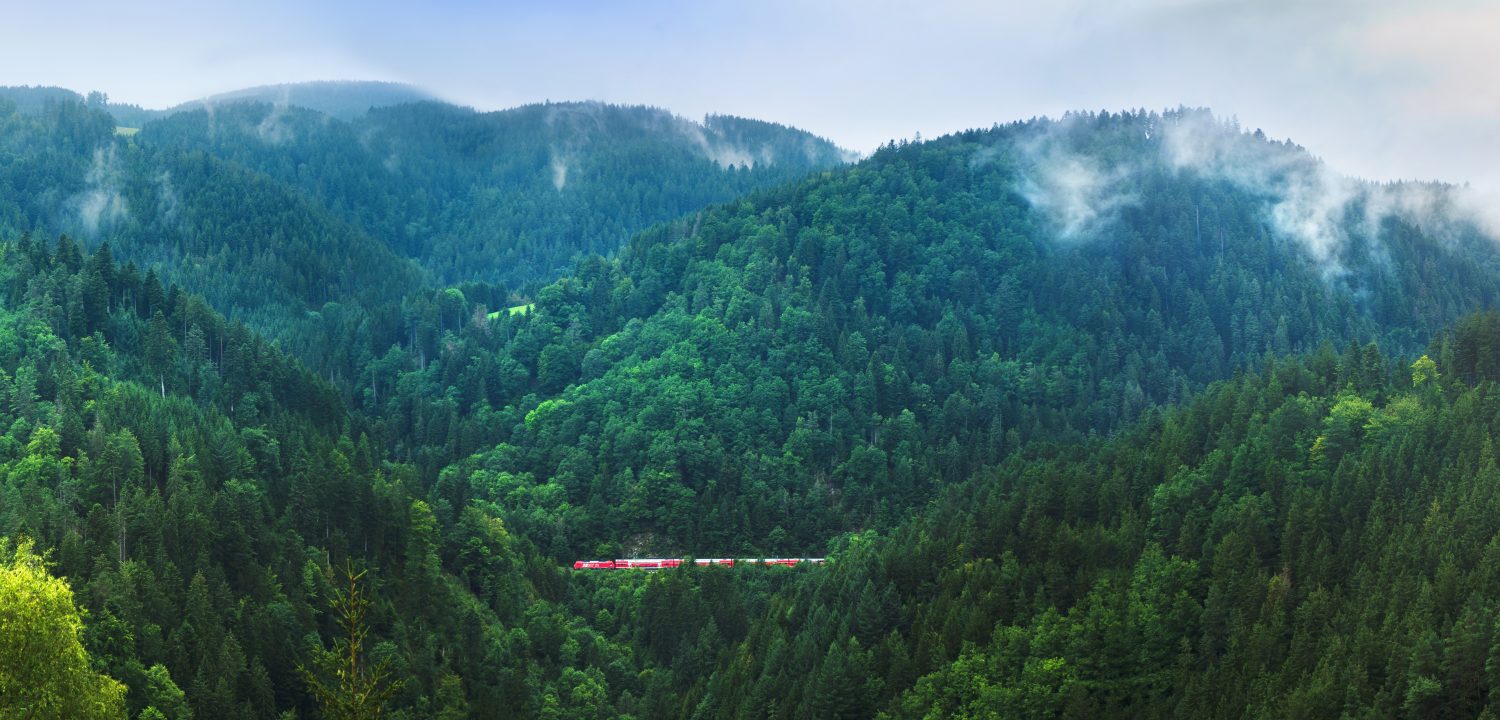
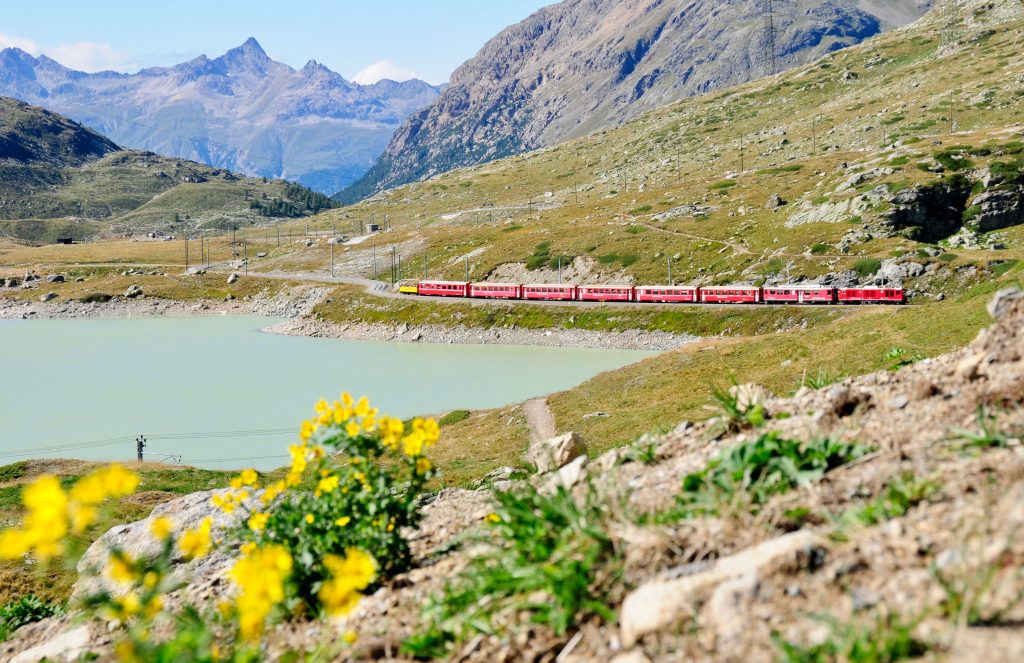
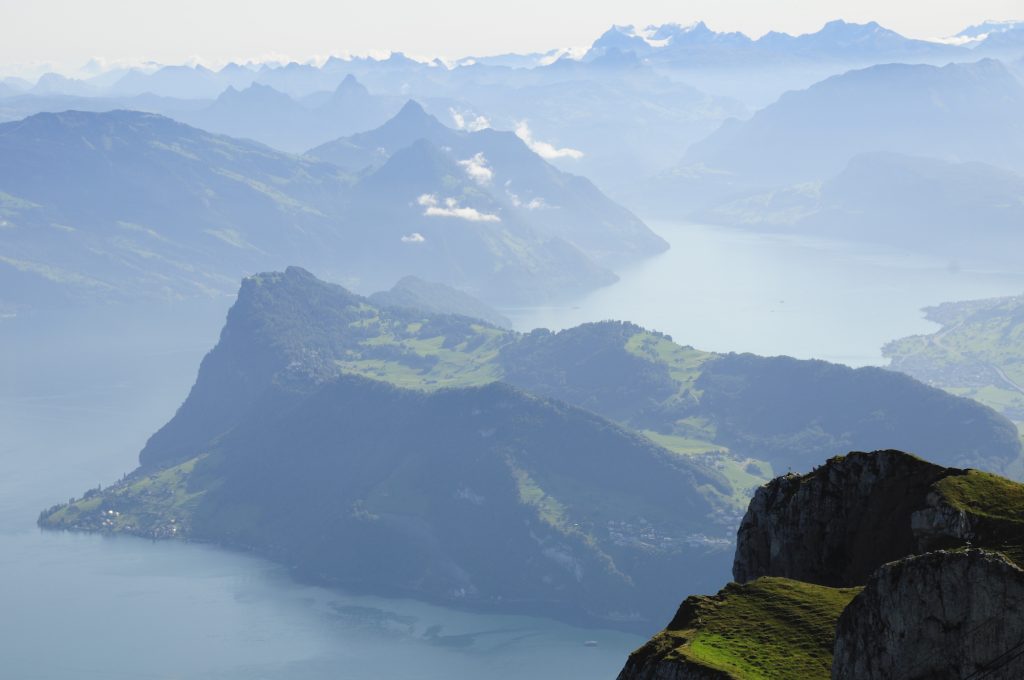
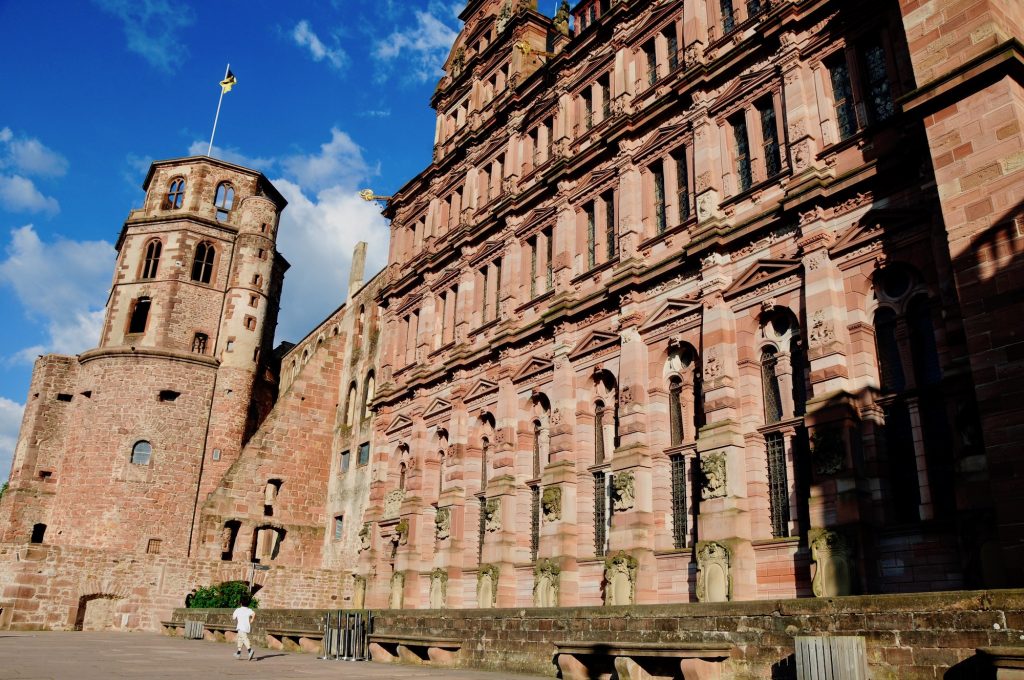
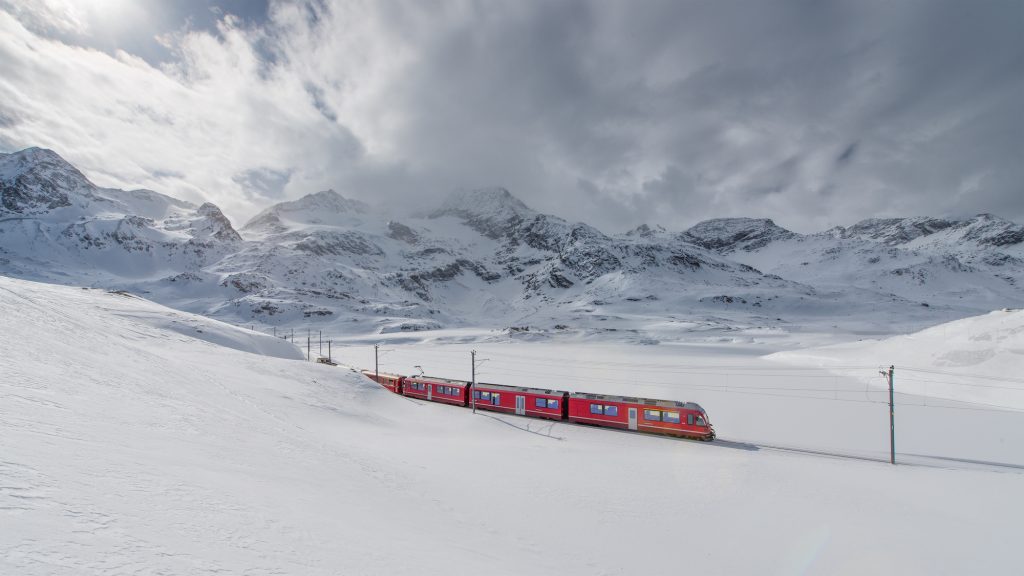
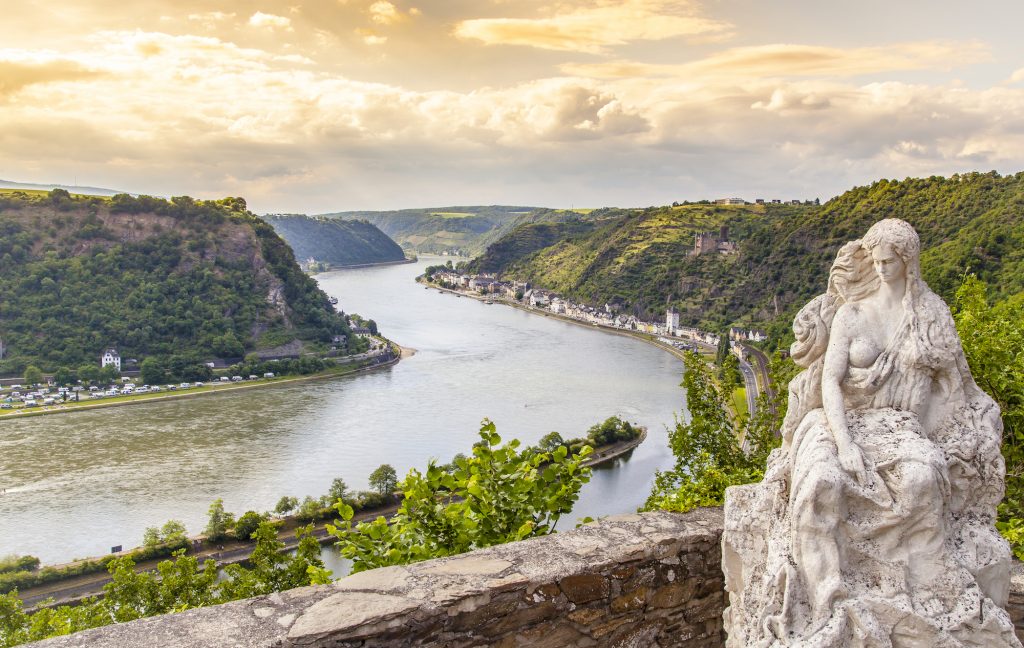
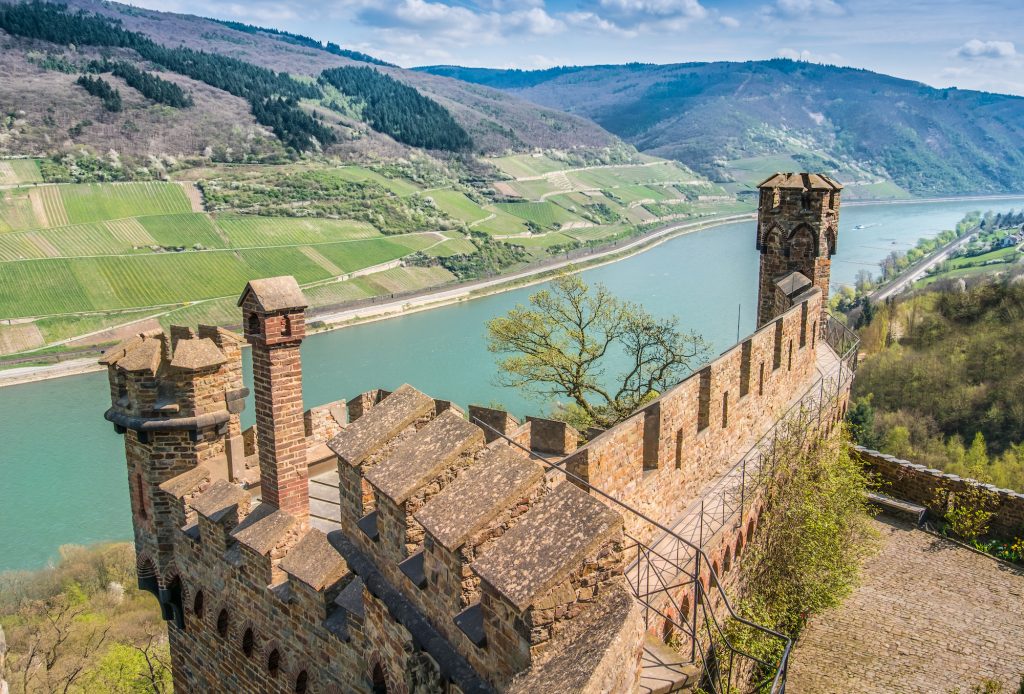
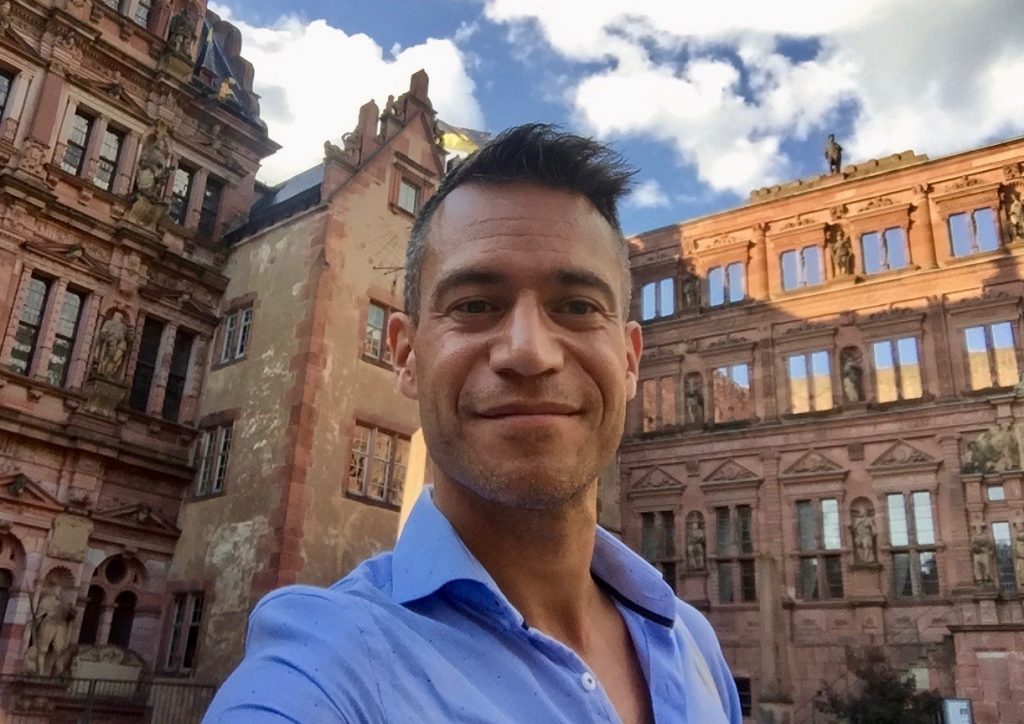
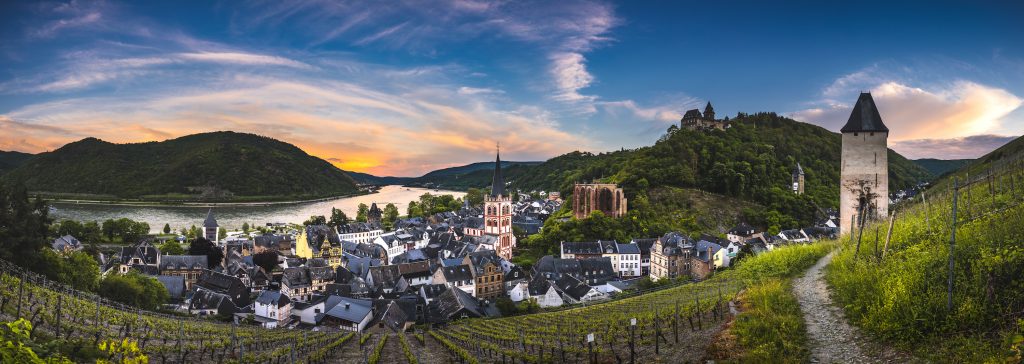
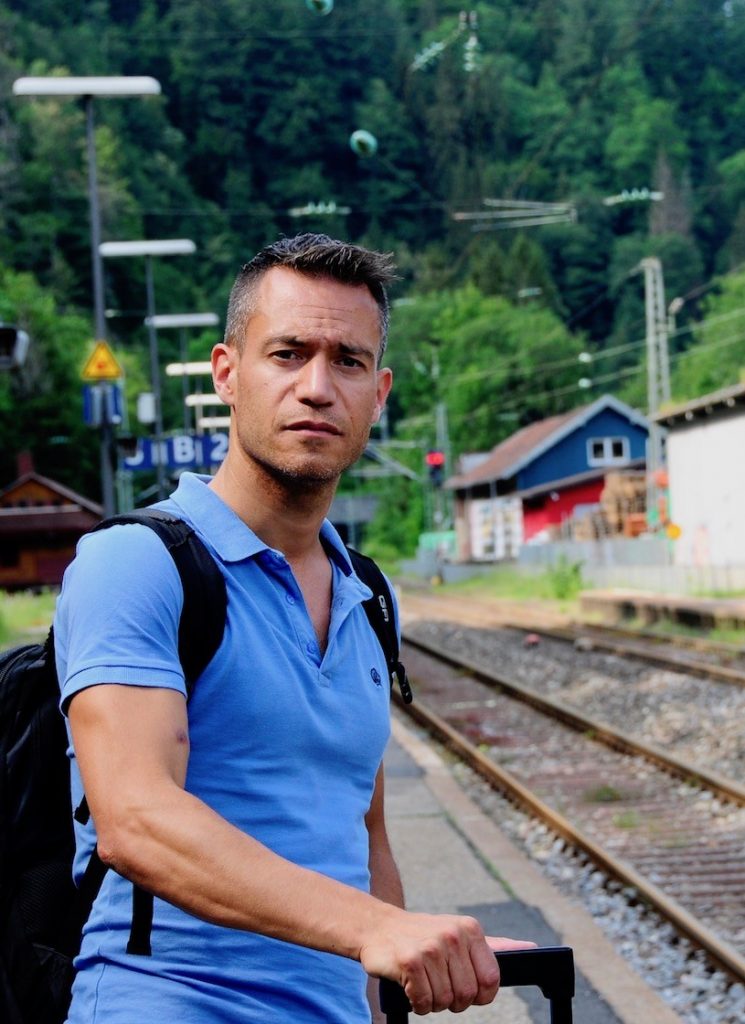
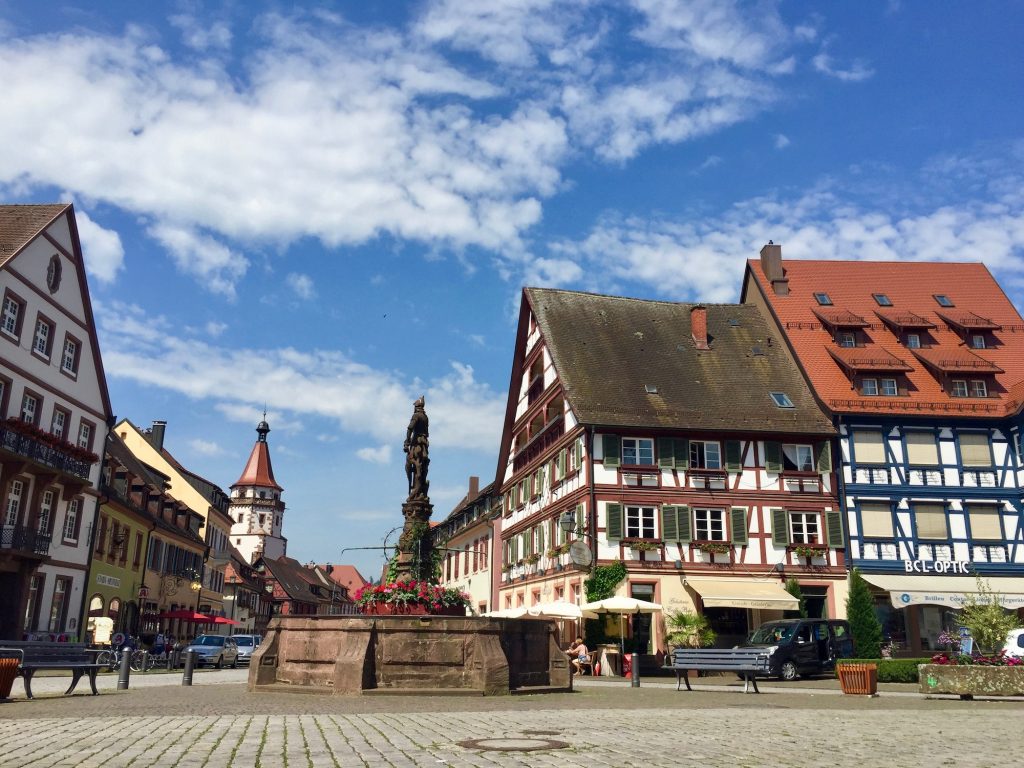
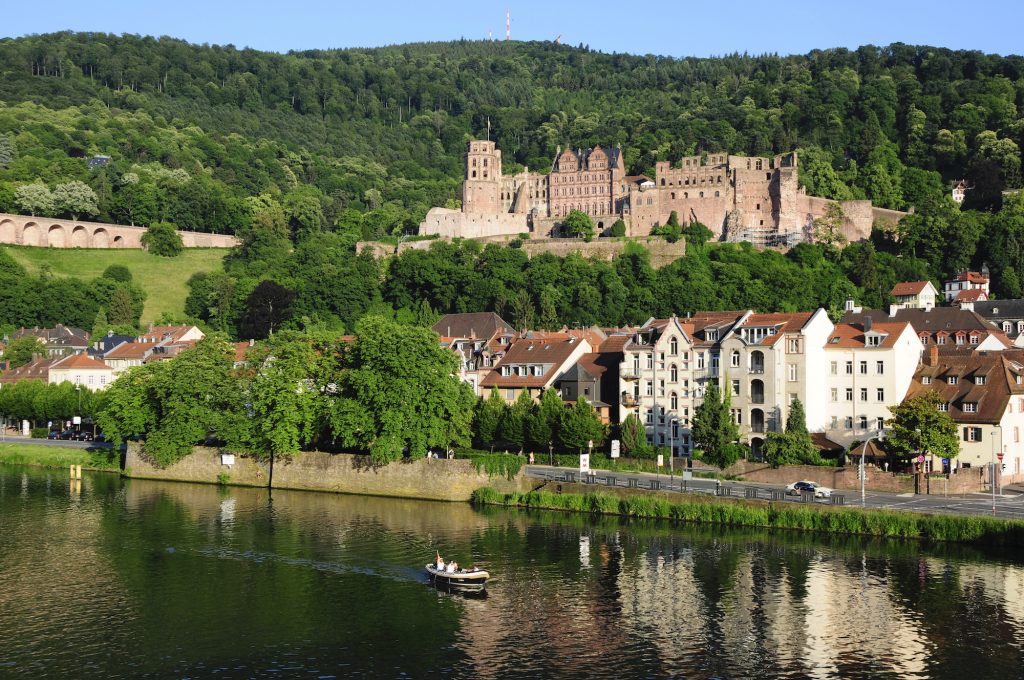
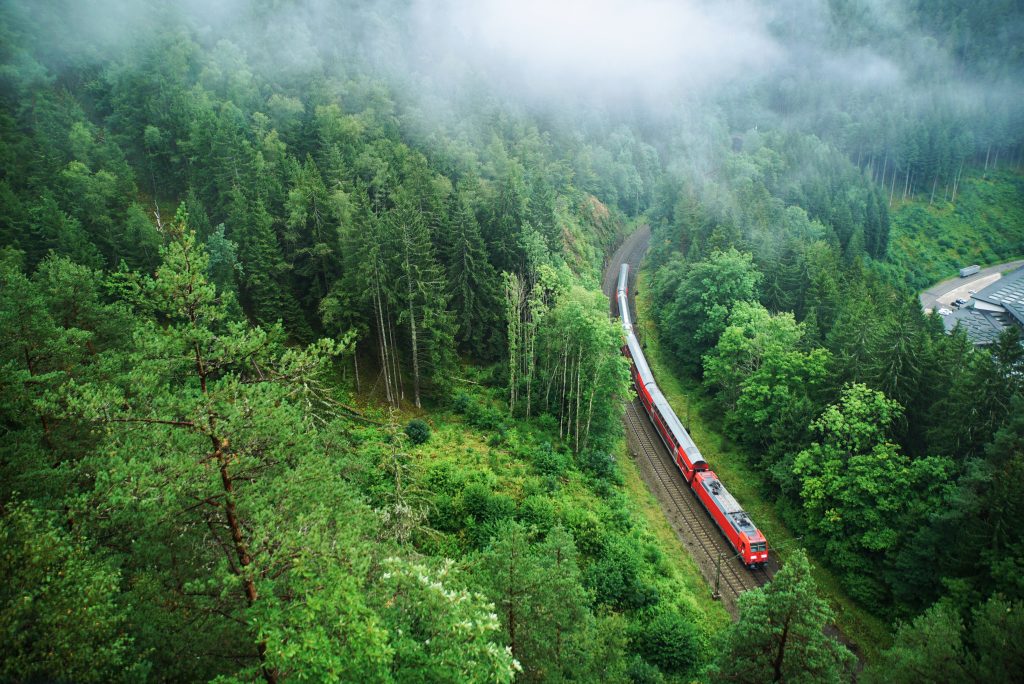
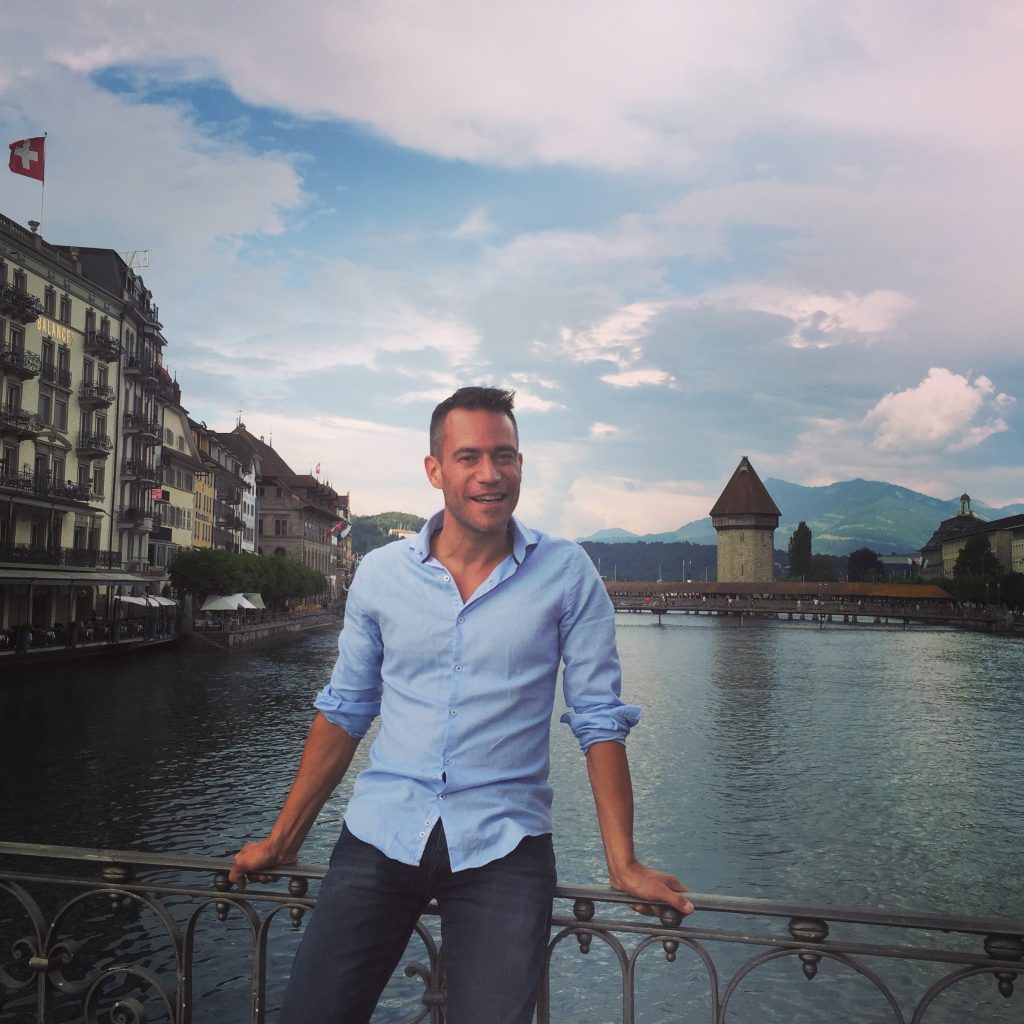
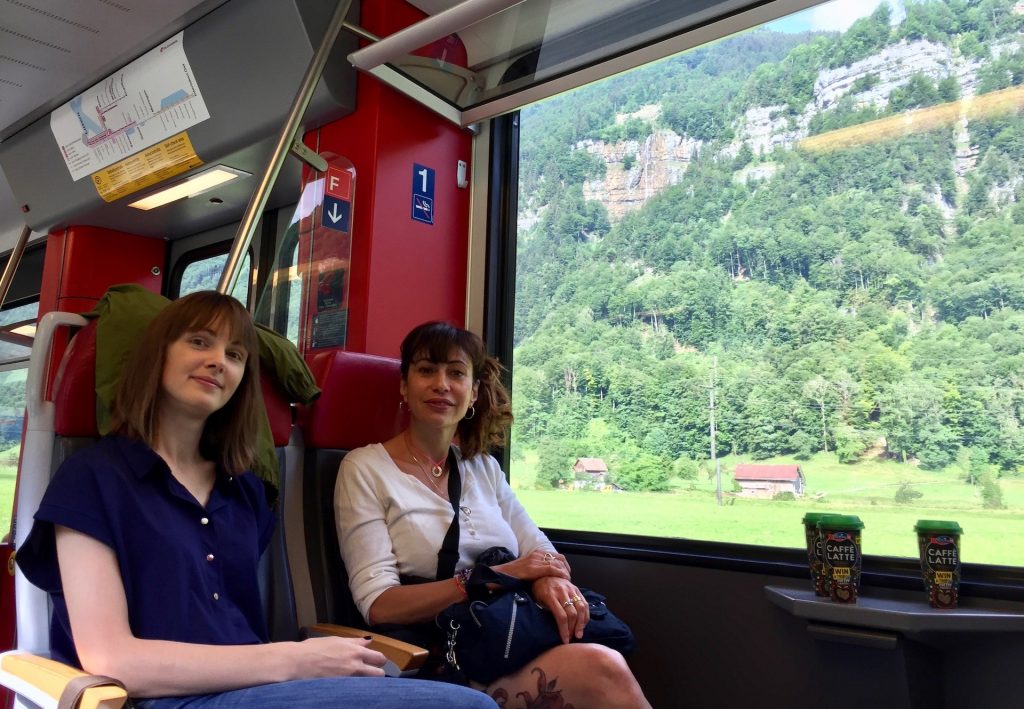
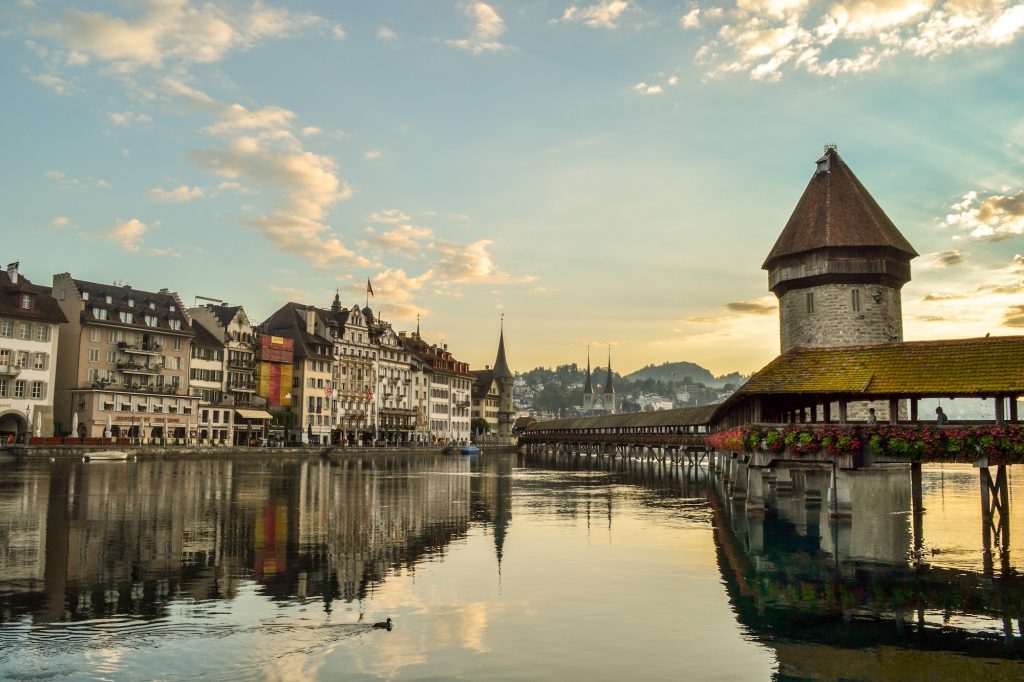
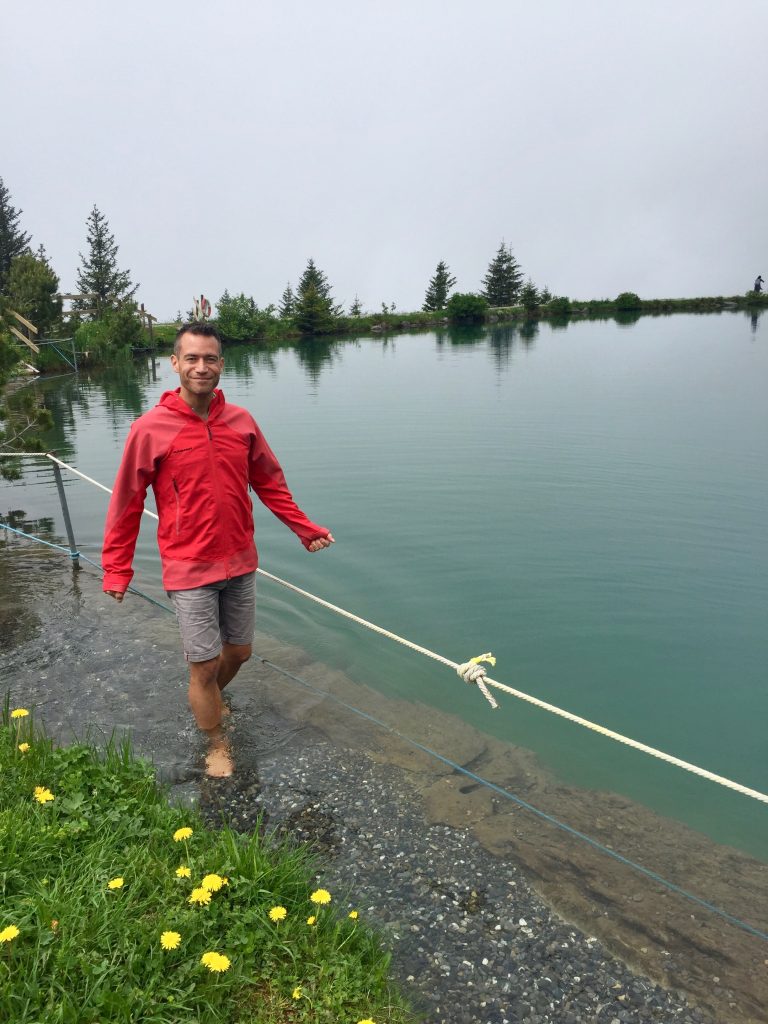
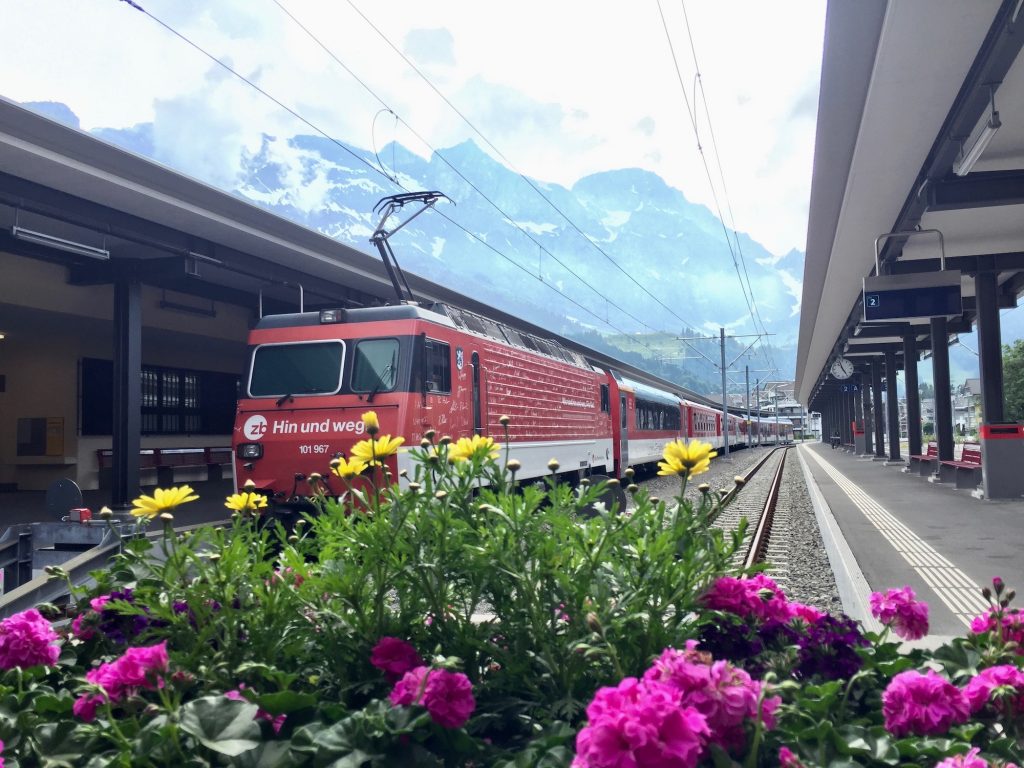
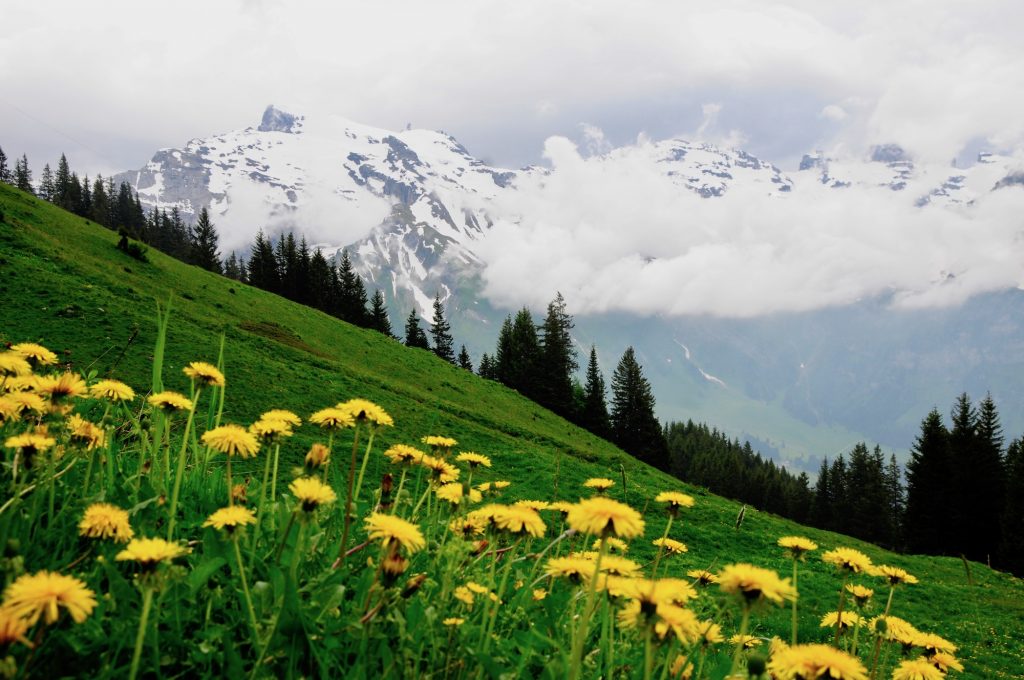
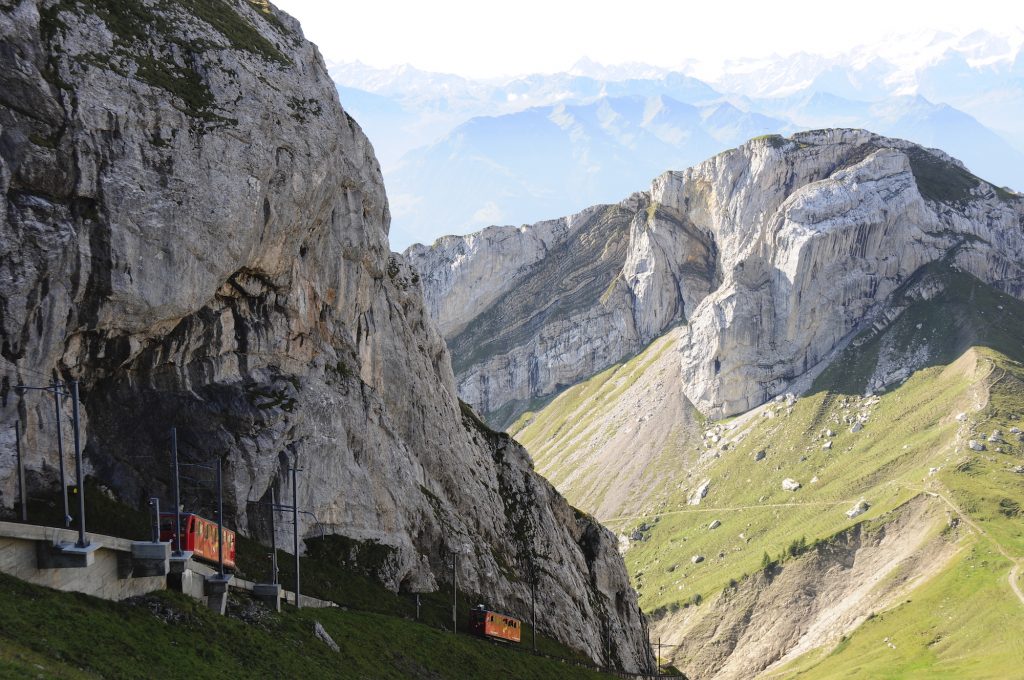
Leave a Comment